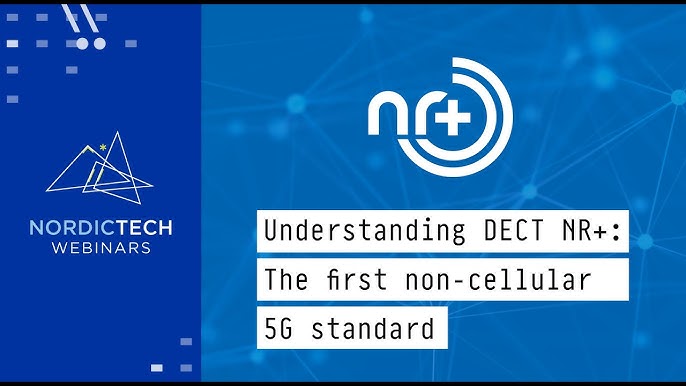5G NR Spectral Efficiency Explained: Techniques and Performance Enhancements
telcomatraining.com – In the rapidly evolving landscape of wireless communications, 5G New Radio (NR) stands out as a transformative technology. One of its most critical performance metrics is spectral efficiency, a measure of how effectively available frequency spectrum is utilized. Improving spectral efficiency directly leads to higher data throughput, better coverage, and more reliable connections. This article explores the key techniques and enhancements in 5G NR that boost spectral efficiency and redefine mobile communication standards.
What is Spectral Efficiency?
Spectral efficiency is expressed in bits per second per hertz (bps/Hz) and determines how much data can be transmitted over a given bandwidth. Higher spectral efficiency means more users can access high-speed data simultaneously without additional spectrum.
In the context of 5G NR, improving spectral efficiency is crucial to meet the demands of enhanced mobile broadband (eMBB), massive machine-type communication (mMTC), and ultra-reliable low-latency communication (URLLC).
Key Techniques to Enhance 5G NR Spectral Efficiency
- Massive MIMO (Multiple Input, Multiple Output)
One of the most powerful tools in 5G NR is Massive MIMO technology. By equipping base stations with dozens or even hundreds of antennas, it allows multiple data streams to be transmitted concurrently to different users on the same frequency channel. This spatial multiplexing drastically increases throughput and spectral efficiency. - Beamforming
Beamforming is a signal processing technique that directs radio signals precisely toward users rather than broadcasting in all directions. This focused signal delivery minimizes interference and maximizes signal strength, allowing for better data rates and improved spectrum usage. - Higher Order Modulation (256-QAM and beyond)
5G NR supports high-order modulation schemes like 256-QAM (Quadrature Amplitude Modulation), which can transmit more bits per symbol compared to earlier generations. This allows more data to be packed into the same spectral space, enhancing efficiency—especially in good signal conditions. - Flexible Numerology and Subcarrier Spacing
5G NR introduces a flexible numerology system that allows different subcarrier spacings (15 kHz to 240 kHz), tailored to various deployment scenarios and spectrum bands. This adaptability ensures optimal use of available spectrum, reducing latency and improving efficiency across use cases. - Dynamic Spectrum Sharing (DSS)
DSS enables 5G NR to share spectrum dynamically with LTE, facilitating a smoother transition to 5G without requiring dedicated spectrum. This technique maximizes the utilization of available spectrum and ensures users benefit from both LTE and 5G capabilities simultaneously.
Performance Enhancements in Real-World Deployments
In practical scenarios, operators are already witnessing significant gains in spectral efficiency. Massive MIMO, for instance, has shown spectral efficiency improvements of up to 5x in urban environments. Beamforming technologies are also proving essential for mmWave deployments, where signal attenuation is a significant challenge.
Moreover, AI and machine learning are being integrated into network management systems to dynamically adjust beam patterns, handovers, and resource allocation—further enhancing spectral performance in real-time.
Challenges and Future Directions
Despite these advancements, challenges remain. The complexity of implementing Massive MIMO and beamforming increases network costs and requires sophisticated hardware. Interference management in dense urban areas also remains a critical hurdle.
Looking forward, continued research into cell-free massive MIMO, reconfigurable intelligent surfaces (RIS), and AI-driven optimization promises to push spectral efficiency even further. These technologies aim to transform passive environments into smart, controllable communication surfaces that improve signal quality and spectrum utilization.
Conclusion
The leap in spectral efficiency brought by 5G NR is not the result of a single innovation, but a blend of advanced techniques such as Massive MIMO, beamforming, higher modulation schemes, and flexible numerology. As mobile data demand grows exponentially, these enhancements ensure that 5G networks remain robust, efficient, and future-proof. Understanding and leveraging these tools is vital for operators and industries aiming to capitalize on the full potential of 5G NR.







